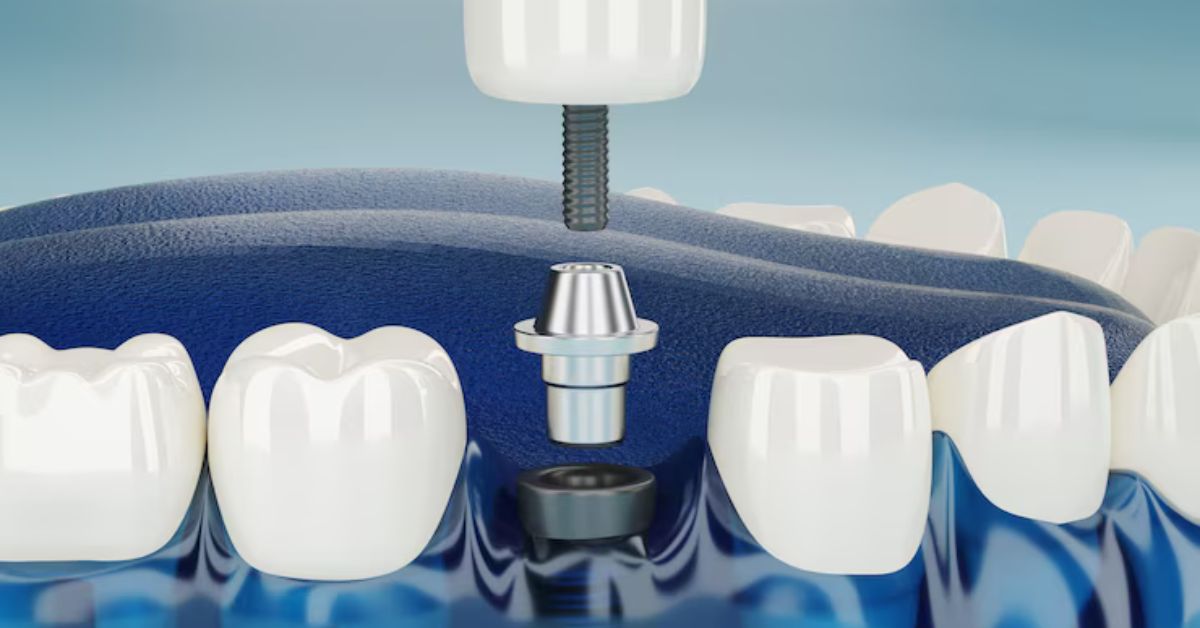Advanced Dental Implants: A Comprehensive Guide to Modern Tooth Replacement
Introduction to Dental Implants
In the rapidly evolving field of dentistry, dental implants stand out as a transformative solution for tooth replacement. As technology advances, more individuals choose implants from trusted sources like www.ora4x.com/dental-implants/, seeking a long-lasting and aesthetically pleasing option to restore their smiles. These implants enhance the visual appeal of one’s teeth and significantly improve oral health by mimicking the natural function of real teeth.
Anyone contemplating this modern marvel must comprehend the extensive process and myriad benefits. Each phase of acquiring a dental implant offers valuable insights into the meticulous care that goes into maintaining oral health, from the initial consultation to the final placement of the implant.
How Dental Implants Work
Dental implants operate on the remarkable principle of osseointegration, where the implant fuses with the jawbone to function as a stable anchor for prosthetic teeth. This process involves the creation of a bio-compatible post, typically made from titanium, which is surgically placed into the jawbone. Over time, the bone grows around the post, securing it firmly in place. This unique capability to mesh seamlessly with bone tissue endows dental implants with superior strength and longevity compared to other tooth replacement methods. The result is an artificial tooth that closely replicates the function and appearance of a natural tooth.
Types of Dental Implants Available
Diverse implant types are available, each offering unique benefits depending on individual needs and anatomical considerations. The two predominant materials for implants are titanium and zirconia. Titanium, known for its strength and adaptability, is the most widely used, facilitating effective osseointegration. According to Medical News Today, titanium implants have a long track record of success due to their durability and compatibility with bone tissue, which allows them to fuse securely with the jawbone. Additionally, implants can be categorized based on the procedure as endosteal and subperiosteal implants, each designed to accommodate varying jawbone conditions.
The Benefits of Choosing Implants
The decision to choose dental implants is often motivated by their numerous advantages. Firstly, unlike bridges, they provide a permanent solution that doesn’t rely on the surrounding teeth for support. This independence prevents unnecessary damage to neighboring teeth. Furthermore, implants help in preserving the jawbone by preventing bone resorption, a common consequence of tooth loss. Aesthetically, they offer a natural look and feel, significantly boosting a patient’s confidence and quality of life. Additionally, the resilience of dental implants allows them to handle the forces of biting and chewing just like natural teeth, presenting a durable and reliable option for long-term oral health.
The Implant Procedure: Step-by-Step
The dental implant process is meticulously staged to ensure optimal results. It begins with a comprehensive evaluation and consultation, during which the dentist assesses the patient’s oral health and bone structure using imaging techniques like X-rays or CT scans. Following this is the placement of the implant into the jawbone, which requires precision and expertise. After insertion, a healing period ensues, allowing the bone to integrate with the implant. This osseointegration phase is crucial for the stability of the final restoration. Once healed, a custom-made crown is attached to the implant, completing the restoration process with a life-like prosthetic that fits seamlessly into the patient’s smile.
Common Myths About Dental Implants
Despite their growing popularity, dental implants are often surrounded by misconceptions. One prevalent myth is that implants are excruciatingly painful, though most patients report discomfort levels consistent with routine dental procedures, easily managed with local anesthesia and post-operative care. Another common belief is that the upkeep of implants is particularly demanding; however, they require similar care to natural teeth, involving regular brushing, flossing, and dental check-ups. These myths often stem from outdated perceptions, underscoring the importance of consulting credible sources like WebMD, which offers up-to-date information clarifying these misunderstandings.
Caring for Your Implants
Maintaining dental implants requires a consistent and thorough oral hygiene routine, like caring for natural teeth. This includes brushing twice daily with a soft-bristled toothbrush to avoid damaging the implant surface or surrounding gums. Daily flossing is essential to remove plaque and food debris between teeth and implants, reducing the risk of peri-implantitis—a condition similar to gum disease that can compromise implant stability. Specialized tools such as floss threaders or interdental brushes are often recommended to effectively clean hard-to-reach areas around the implant posts.
In addition to home care, regular visits to the dentist are critical for the long-term success of your implants. Professional cleanings and check-ups allow for early detection of any potential issues, such as inflammation or loosening of the implant. Dentists may use special instruments designed for implants to avoid scratching the surface and to keep the surrounding tissues healthy. Incorporating mouth rinses and oral irrigators can enhance daily cleaning routines, especially for patients with multiple implants or limited dexterity. Dental implants can last for decades with proper care, offering a durable and aesthetically pleasing solution for missing teeth.
Potential Risks and Considerations
While dental implants boast high success rates, like any surgical procedure, they carry potential risks. These include infection at the implant site, injury or damage to surrounding structures such as teeth or blood vessels, nerve damage resulting in pain or numbness, and sinus issues where implants in the upper jaw protrude into sinus cavities. Pre-existing medical conditions, such as uncontrolled diabetes or heavy smoking, may increase these risks, necessitating thorough pre-procedure consultation and planning. Dentists work to mitigate these risks through personalized treatment plans and follow-up care, aiming to ensure the best possible outcomes for each patient.
Read More : Understanding Antarvafna and Its Significance







